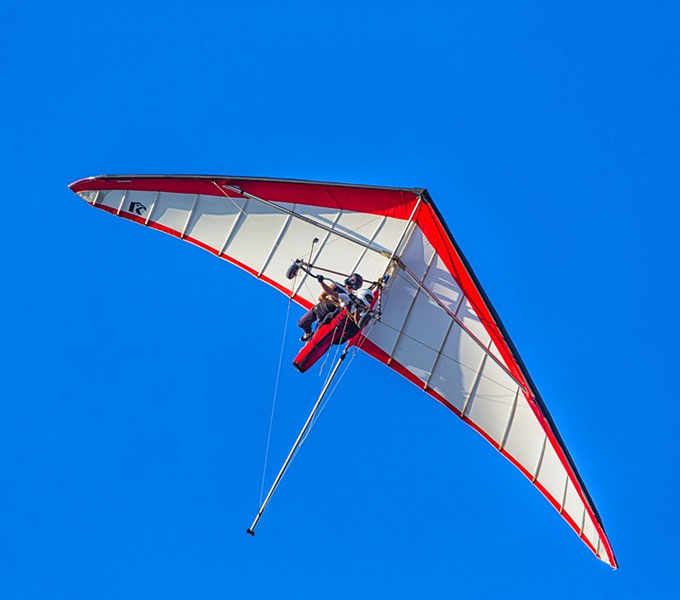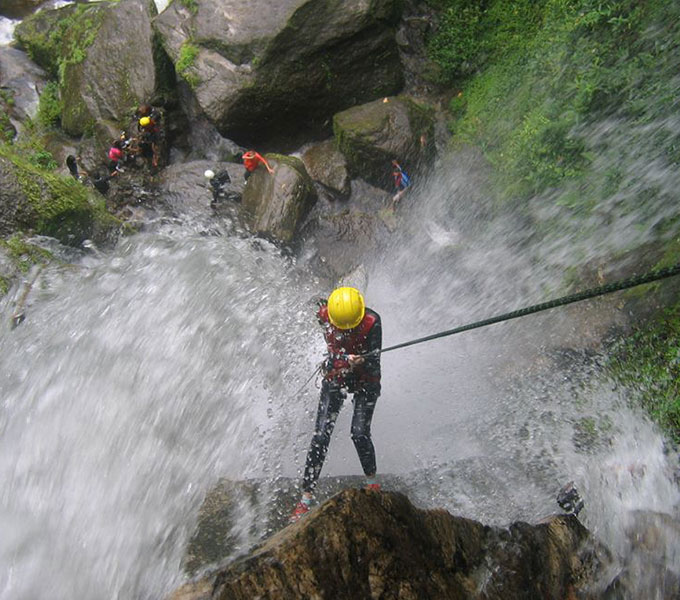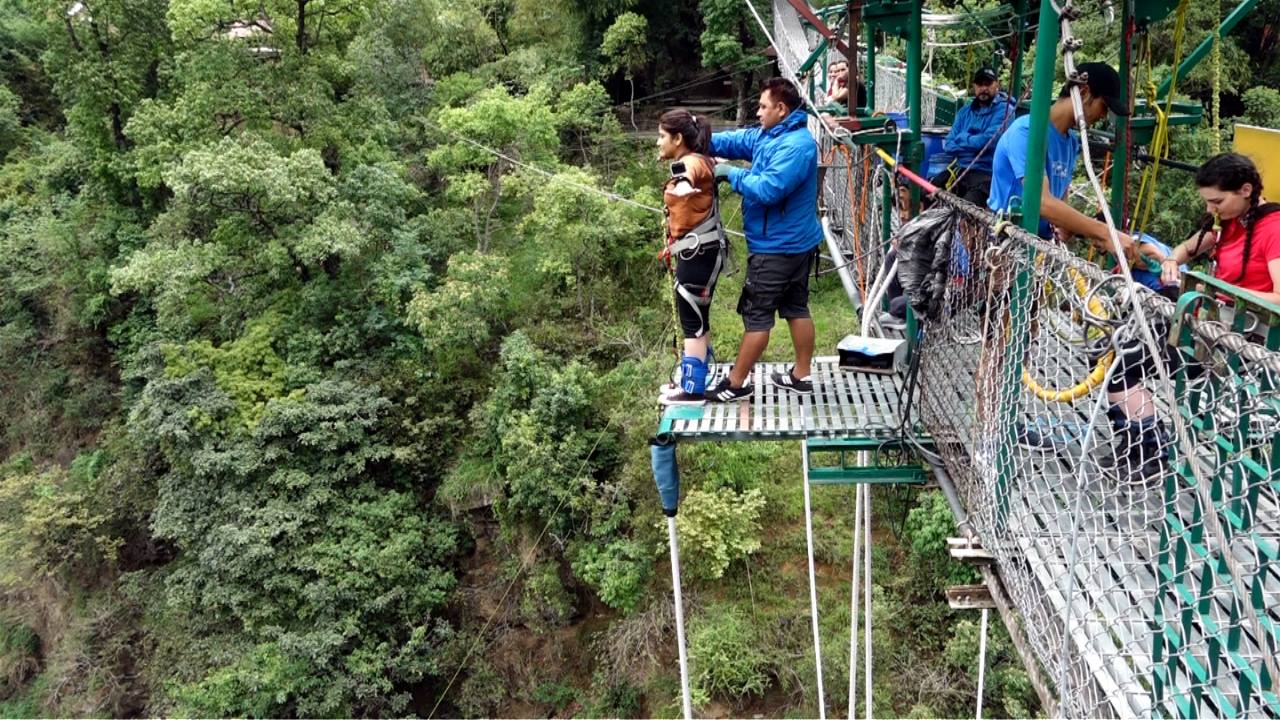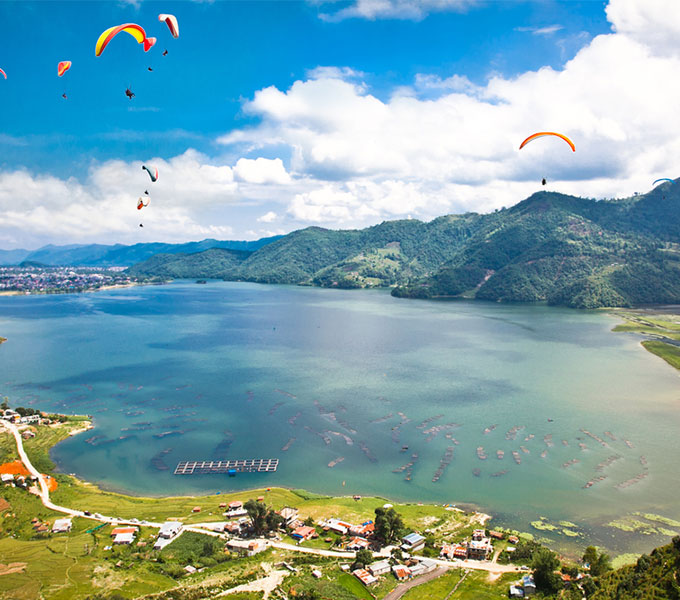- Mobile No
(+977) 9851109501 - Email
info@adventureblossomtreks.com - WhatsApp
(+977) 9851109501
Mt Makalu Expedition
Description
Mt Makalu Expedition Makalu (8,481) is the fifth-highest in the world. It is an isolated mountain that lies just 14 miles east of Mount Everest. Its shape looks like a four-sided pyramid and considered to be one of the most challenging mountains in the world to climb due to having steep pitches and knife-edged ridges. The final ascent towards the summit involves technical rock and ice climbing.
At the foothill of Mt. Makalu, there lies the Barun Valley. This valley offers stunning elevated waterfalls falling inside the deep gorges, diverse species of flora and fauna with rich cultures of ethnic communities like Sherpa and Kirat. Although this area is somewhat isolated, every visitor who explores this part of the world will surely have a lifetime memory. There are 4 camps that we follow to reach the summit of Makalu. The base camp is normally established at 5,600m, Camp1 is at 6,100m, Camp 2 is at 6600m, Camp3 is at 7200m and the last camp is at 7600m.
After spending several evenings at base camp for acclimatization and climbing training, we will make the short walk to Advanced Base Camp that lies at an elevation of 5,600 meters. Advanced Base Camp is our main camp located on a rocky dome at 5,600 m. From Advanced Base Camp we climb a rocky moraine and then enter into a gentle angled glacier. We climb a steep ice and snow wall with fixed ropes in place just before reaching Camp 1 located at an elevation of 6,100 meters. The route from Camp 1 ascends to an easy broad glacier to the site of Camp 2 located at an elevation of 6,600 meters. The climb to Camp 3 is long and steep and takes us to the Makalu La at an elevation of 7,200 meters. This is the hardest part of the climb. We make an easy traverse to Camp 4 at 7,600 meters which allows us to make a shorter summit day. From Camp 4 we climb moderate glacial slopes to the French Couloir. The couloir is steep and involves crossing rock bands mixed with snow climbing. From the top of the couloir, we follow the ridge on a rock past the false summit and on to the true summit.
Itinerary
Include
- Airport Pick up and drop off
- 4 nights Hotel accommodations in Kathmandu with breakfast
- Domestic flight tickets from Kathmandu/ Tumlingtar / Kathmandu
- Land transportation from Tumlingtar to Num and back
- Porters for 45kg personal gear to base camp and return
- Professional climbing Sherpa or a guide/porter(s) as per group size
- Food, salary, insurance, equipment, transportation, local tax of our crew members
- Group medical supplies
- Full board Camping & Meals (breakfast + lunch+ dinner ) for BC and Expedition period
- Nepali cooks at base camp
- Expedition permit, peak fee, and Makalu Conservation Area permit
- Liaison Officer’s Expenses
- Base camp and high camp tents
- Group climbing equipment, stoves, and fuel
- Two-way radios/ walkie talkie
- All necessary camping gears like two men tent, dining tent, kitchen tent, Toilet tent, Shower tent, kitchen equipment, chairs and table, mattress.
- Medical kits, portable altitude chamber, and medical oxygen
- Supplementary climbing oxygen, mask, and regulator
- High altitude freeze-dried meals
- Kitchen Sherpa staff gratuities
- Satellite phone use at cost price
- VAT and all necessary government taxes
- Office service charge
Exclude
- International Airfare to and from Nepal
- International airport tax
- Nepal custom duty for import of expedition goods arriving into Nepal
- Lunch and dinner in Kathmandu
- Alcoholic beverages in Kathmandu
- Bottled beverages, showers and snack food on the expedition
- Nepal Entry visa fee
- Expedition cargo
- Garbage Deposit
- Evacuation costs, medical and rescue insurance
- · Personal climbing clothing and equipment
- Climbing Sherpa summit bonus and carry bonus
- · Personal Puja contributions







